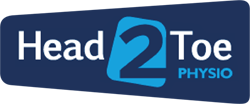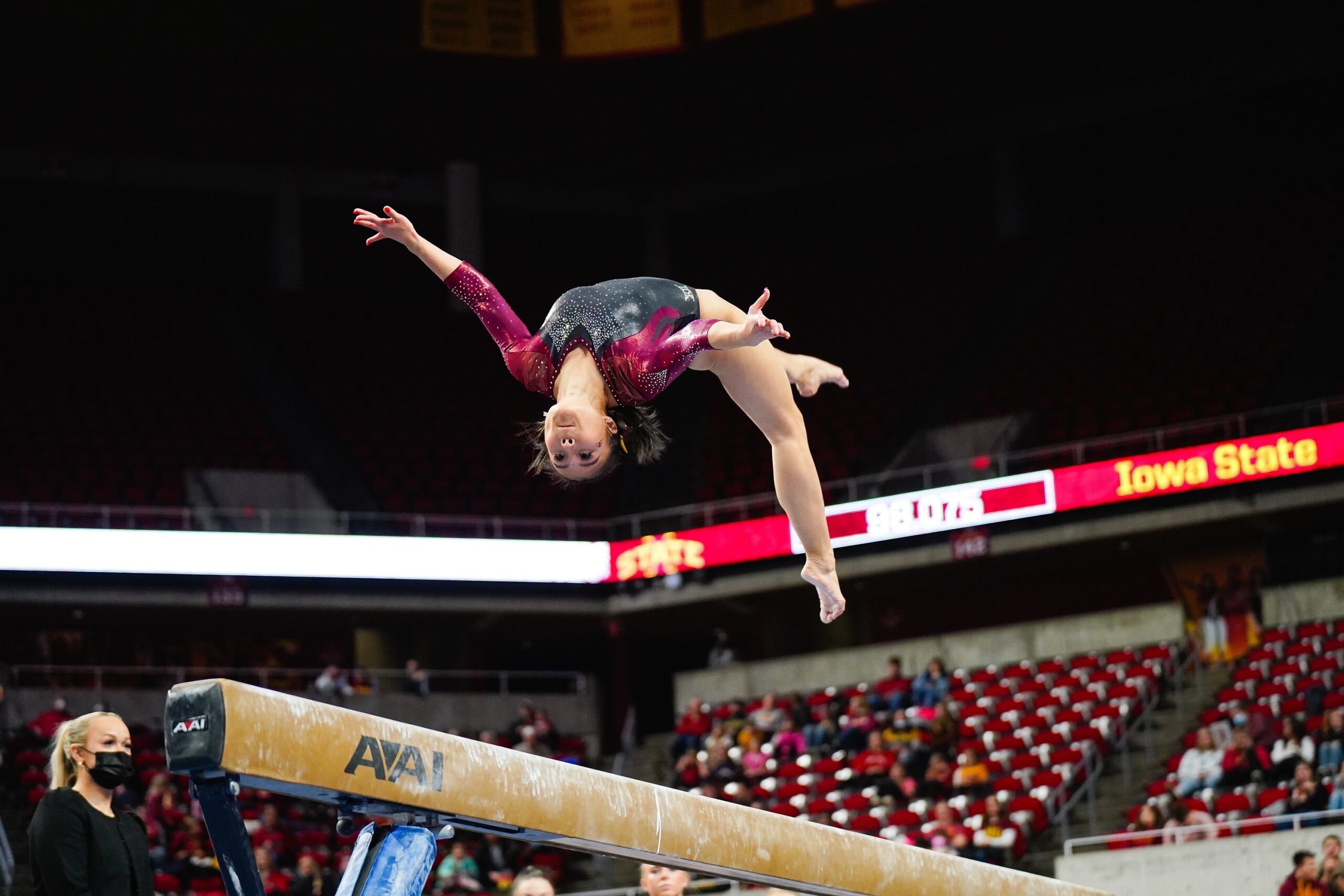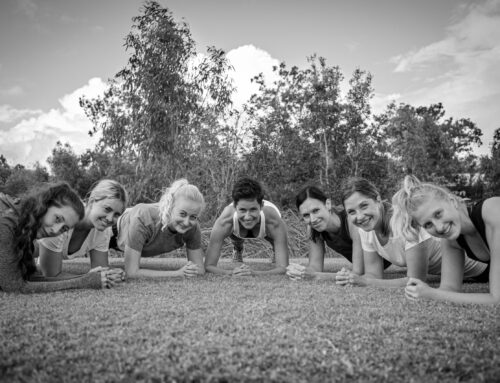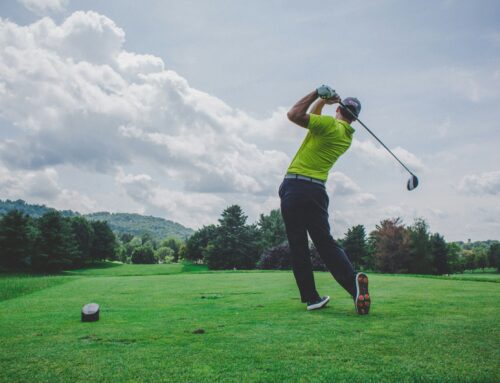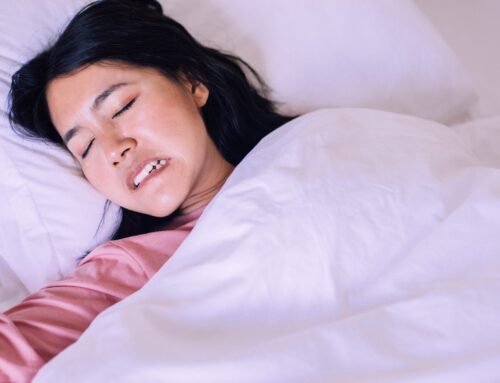Little Gymnasts Injuries
Gymnastics is a great sport which requires a lot of skill! It is one of the few sports that requires strength, stamina, stability and flexibility. It is a sport that is described as being both powerful and graceful. Gymnasts use their arms and the legs making injuries to all areas of the body possible.
The body has to work as a whole which means muscles should be balanced (left and right), flexible and strong! There are many causes of gymnastics injuries which include:
- Imbalances in strength and flexibility
- Poor stability/balance
- Reduced strength in different muscle groups (ie. Arms, core, legs)
- Poor flexibility
The combination of these skills means that injuries can happen if one or all of them are not at optimum.
Here are the 5 most common injuries in gymnasts:
-
Ankle sprains/fractures
As a gymnast, part of your performance is landing a skill safely and effectively. Landing in an awkward way or with an unsteady ankle can lead to ankle injuries. In fact, a lot of these injuries happen after the amazing skill, when stepping off of the mat or onto a different surface area. This is because of the fatigue that builds up throughout the performance, which makes the ankles slightly more vulnerable to injury.
-
Wrist and hand injuries/fractures
Having strong hands and wrists is a vital part of gymnastics. I can think of a huge range of skills that require great wrist stability – anything from a pull up on the bar to a round off flick. In most gymnastics’ performances and training sessions, you will be required to use your hands to stabilise your body weight. This can put a lot of pressure through a small surface area which can put you at risk of wrist/hand injuries.
-
Low back pain
Low back pain is very common in gymnasts. This is usually due to the forces and pressure put through your core and lower back when performing a gymnastics skill which again, can be anything from a balance on the beam to a round off tuck back. Other underlying conditions can also put you at further risk of low back pain such as hypermobility. This is when the ligaments (which attach bones to each other) are slightly more lax than usual. This in turn means that your muscles around the hypermobile joints have to work harder in order to increase your stability. This can then lead to further fatigue, which puts you at risk of lower back injuries or pain.
-
Shoulder instability/dislocations
A shoulder dislocation generally happens when there is a huge force put through the shoulder in an awkward position or when the shoulder is unstable and cannot cope with increased force or pressure. A lot of gymnastics skills require the use of our upper limbs to support our body weight, which puts our shoulders at risk of increased force and therefore injury.
-
Anterior Cruciate Ligament (ACL) injuries
The ACL is a ligament within the knee joint. It is commonly injured through a landing and twisting action. Gymnasts are taught to land safely after performing a skill, however, if this is done awkwardly or incorrectly, it could result in an ACL injury.
Gymnastics is a high energy, skill-based sport which has huge benefits for your strength, stability, flexibility and stamina. It is an amazing sport for kids to get into, especially from a young age. Although injuries can happen, there are a lot of ways to help prevent these. Speaking to a Head2Toe physiotherapist will give you all the knowledge required to reduce the risk of injury and continue to participate in the great fun than comes with gymnastics!
At Head2Toe Physio, we’ll help you work out what works best and plan a rehab program that suits you.
Exercises are often prescribed and a range of manual therapy techniques used. Techniques used might include massage, joint and soft tissue manipulation, acupuncture , taping and electrotherapy.
All our Physiotherapists are highly qualified, experienced, with a variety of post graduate specialisations. If you or anyone you know would like to have a physiotherapy assessment with the team at Dorking , Leatherhead or Crawley , contact us here.
Blog post guest written by Danielle Swan, Physiotherapist, Dorking, Leatherhead, & Crawley Clinics.

